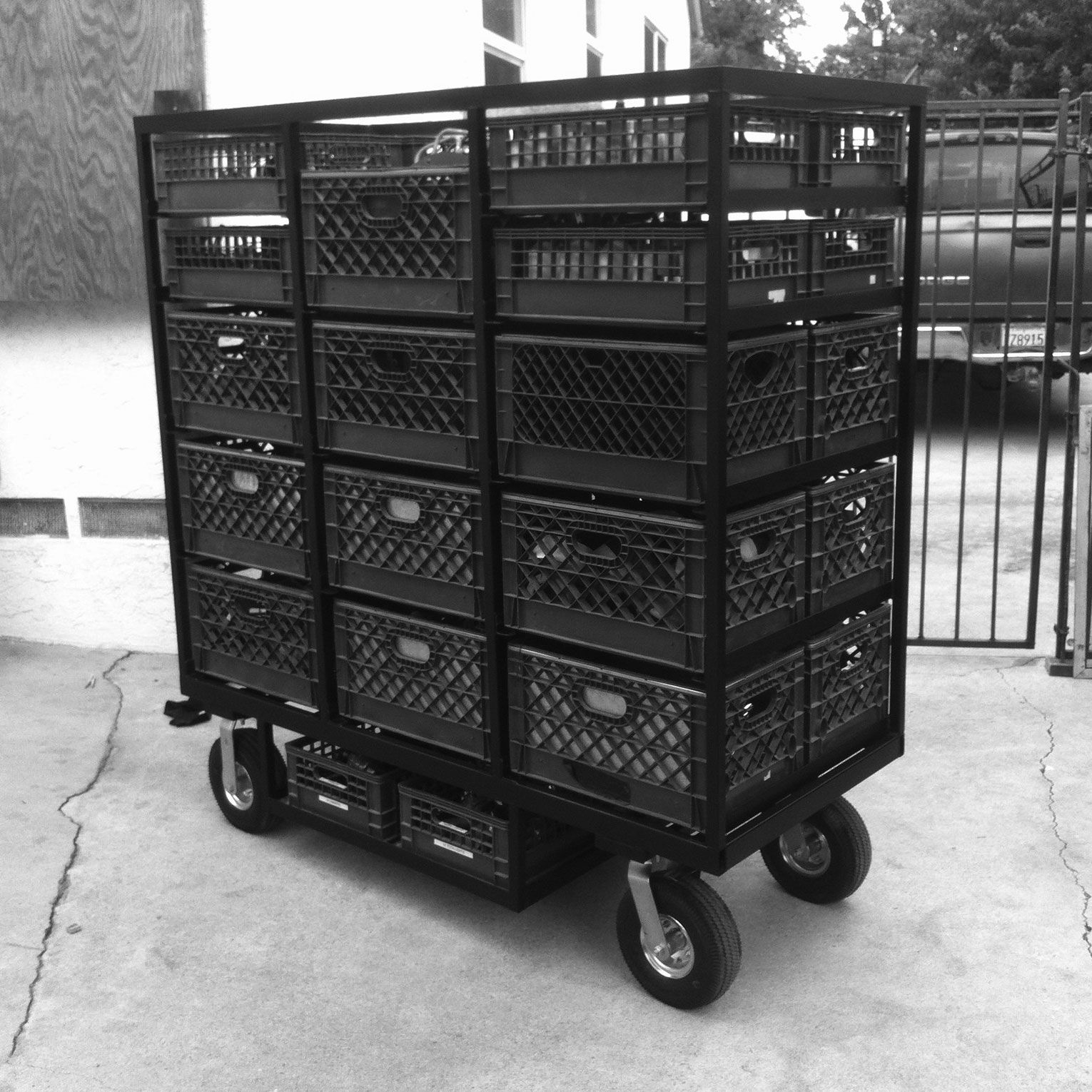Now, don’t get us wrong: milk crates are perfect for storing things; they’re made of thick plastic and are intended to be built to carry heavy objects (mainly of the milk variety).
But the Milk Crate Challenge is really showing just how structurally unsound a pile of milk crates can really be. It’s one thing for a milk crate to hold up a record player, as one famously does in The Replacements’ “Bastards of Young” music video. It’s another to put the entire weight of another human person on top of that crate.
So let’s break down a few of the reasons it’s a bad idea, why don’t we?
Somebody getting arrested out of frustration after this.. 😩😂 #CrateChallenge pic.twitter.com/NjlxUUPxak
— Mamba Out ✌🏾✌🏾 (@kcjj_04) August 24, 2021
1. Milk Crates are Too Tall to Be Stairs
The problem with doing a milk crate challenge is that milk crates are significantly taller than most stairs—which average around 7 and three-quarters inches. Milk crates, by comparison, are nearly a foot in size all around—something that makes them very unstable to walk up.
2. There’s No Structural Integrity at Scale
Milk Crates are famous for being able to hold a lot of materials while still being relatively lightweight, and they work really well in a stable environment where things stick around for a long time. But the problem when getting a bunch of them together, Mario-style, is that they are a group of separate bricks that aren’t held together very well. And as a result, they will fall apart the second one tips over. Think of it kinda like Tetris, except flexible.
3. The Weight Capacity is Nowhere Near Enough to Carry a Person
Elliott-carrying-E.T.-in-a-milk-crate-on-a-bike scene aside, milk crates were simply not designed for the purpose of lifting entire people. Their weight limits tend to be in the 40-pound range, which is a lot, but nowhere near the weight of your average human.
Now if there was more reinforcement, sure, maybe it might work, but odds are you’re risking serious injury if you step on one, because they aren’t designed to carry a whole you.
4. Using Milk Crates for Non-Milk Reasons is (Sometimes) Illegal
Milk crates have long been popular as containers for different types of stuff, but that use case was purely accidental; as the dairy industry will tell you, milk crates were not intended to be used for doing anything other than lifting milk or other dairy products, and in some states, the use case is actually illegal.
If you want a milk crate that you can break to your heart’s content, be sure to look on Amazon. But a word of caution to those taking that route: It can get really expensive.
(Kelly Herrin/Flickr)
